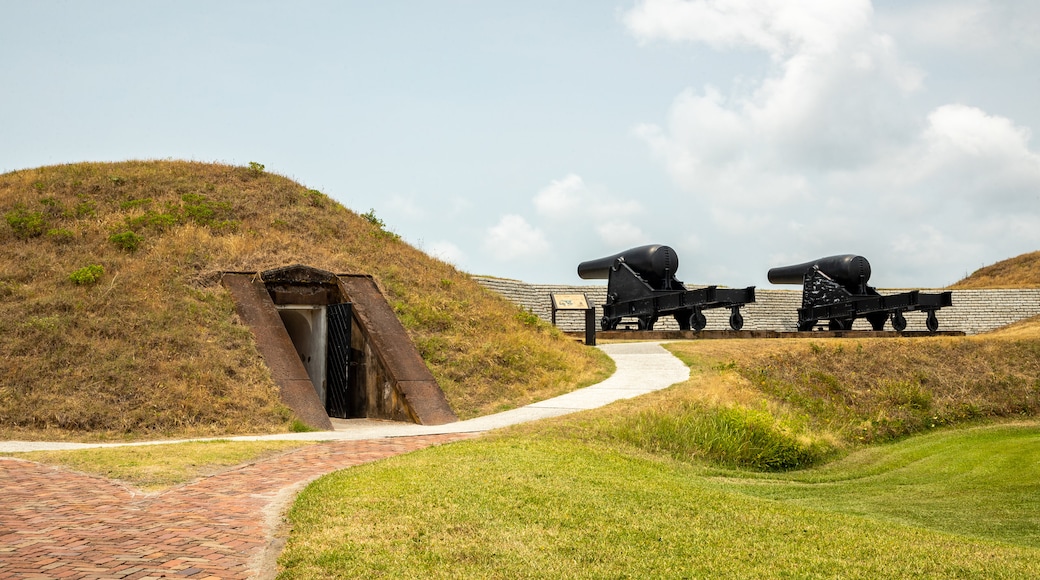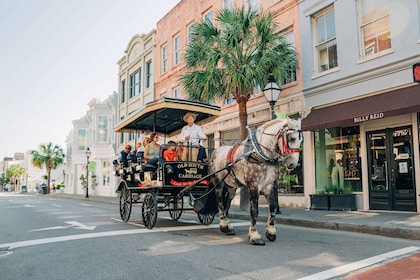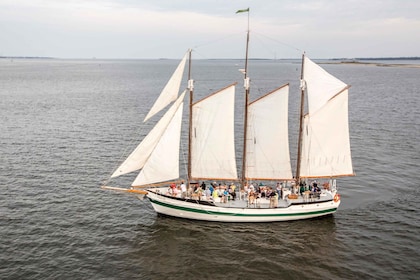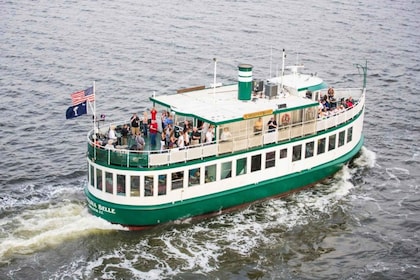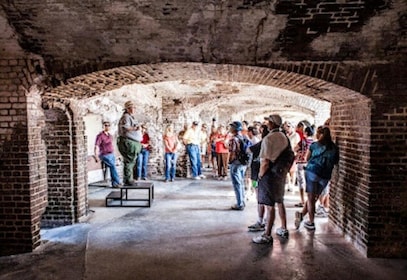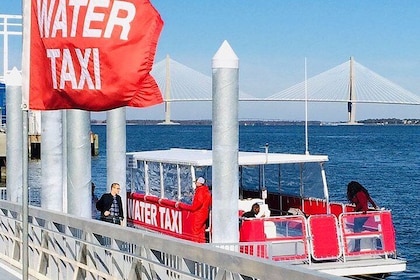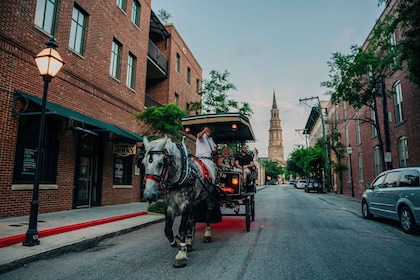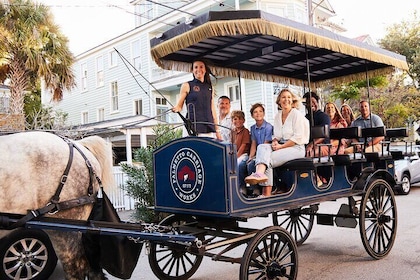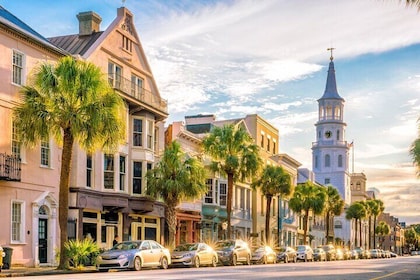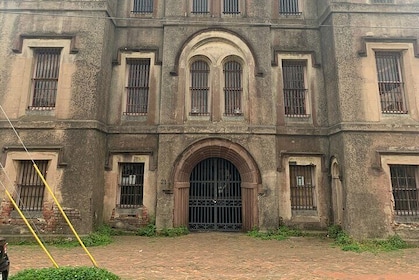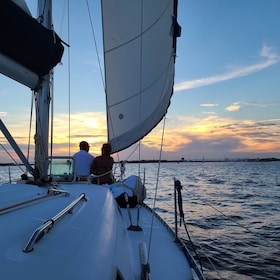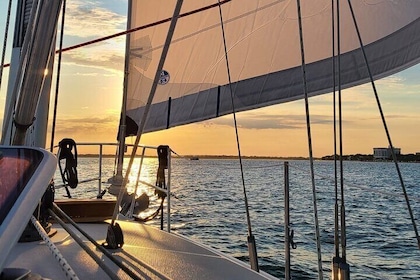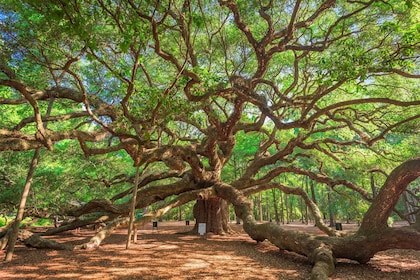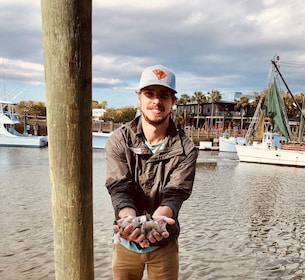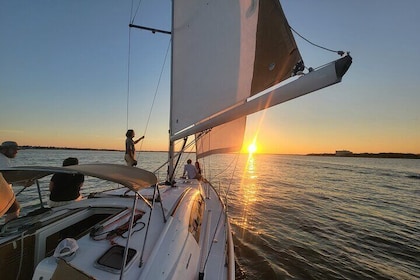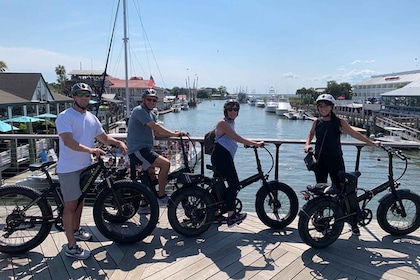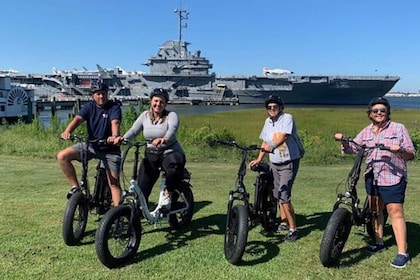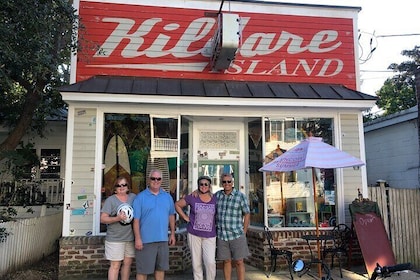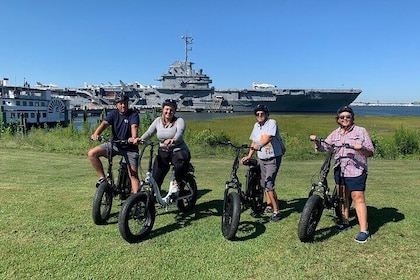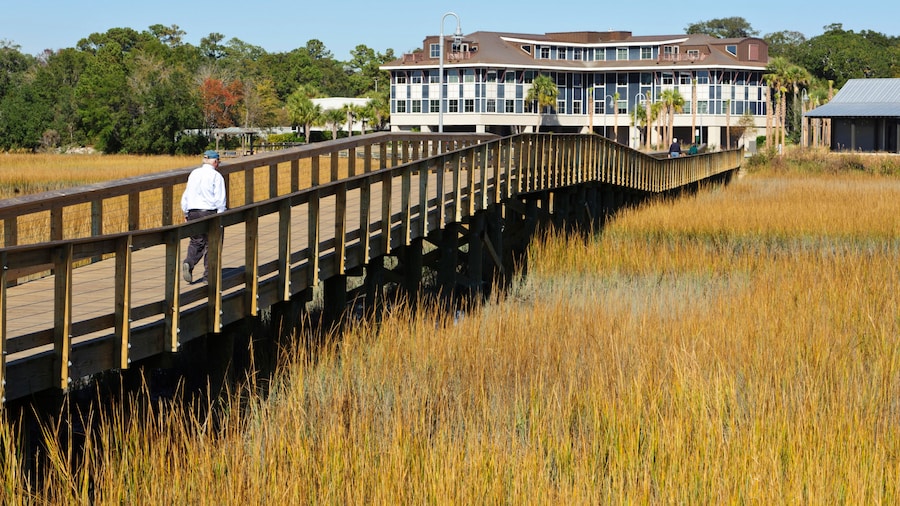Learn about more than 240 years of seacoast defence, from the American Revolution to World War II, at this important fort on South Carolina’s Sullivan’s Island.
For insights to military history, visit Fort Moultrie, built to protect the city of Charleston. Gaze up at the South Carolina flag flying over the fort and bearing a silhouette of a palmetto tree. The fort was constructed using sand and palmetto logs. Before the fort was completed, the Royal Navy attacked the area in 1776. The British were defeated in this Battle of Sullivan’s Island and Charleston was saved from British occupation. Fort Moultrie was subsequently named for its commander, Colonel William Moultrie.
Learn how the British finally managed to capture Charleston, including Fort Moultrie, in 1780 and evacuated the city in 1782. The fort, as it now stands, was completed in 1809 with bricks. It was fortified by Confederate forces as a string of forts meant to protect the harbor but was ultimately abandoned in 1865 when the Confederates left the city.
Today, notice evidence of the fort’s restoration, intended to tell the tale of American seacoast defense throughout history. As you make your way through the fort, you’ll go backward in time from the World War II Harbor Entrance Control Post to the original site of the palmetto-log fort from 1776. Understand the role of Sullivan’s Island in the international slave trade through the African Passages exhibit.
Take a boat tour to Fort Sumter, accompanied by a national park ranger, who will oversee your visit and explain the fort’s origins, giving insight into the opening battle of the American Civil War. The fort, named for American Revolutionary War General Thomas Sumter, sits on an artificial island at the entrance to Charleston Harbor.
Fort Moultrie’s grounds and dock are open daily. Find the park headquarters for Fort Moultrie National Historical Park, Fort Sumter and the Charles Pinckney National Historic Site next to the Fort Moultrie Visitor Center, where you can pay the fort admission fee. The headquarters are open Monday through Friday, except for federal holidays. If you are also visiting Fort Sumter, the ferry departs from Liberty Square Visitor Education Center or Patriots Point Naval and Maritime Museum.
